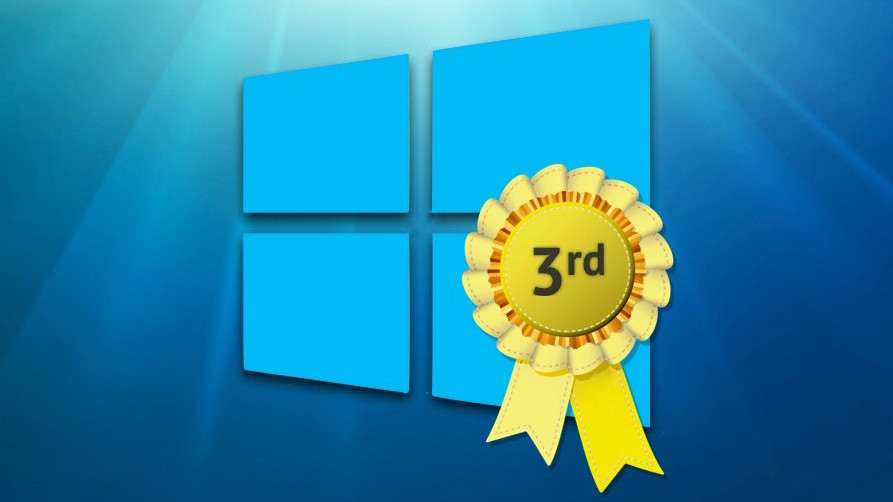Windows 8 Tablets Capture 7.5% Market Share in Q1 2013

Despite earlier reports that painted a grim sales picture, Microsoft’s Windows 8-based tablets sold surprisingly well in the first quarter, according to data published this week by research firm Strategy Analytics. Microsoft’s ARM-based Surface RT, x86-powered Surface Pro, and a variety of third-party devices combined to capture 7.5 percent of global tablet shipments in the first three months of 2013, for a total of 3 million units.
| Global Branded Tablet OS Shipments (Millions) Source: Strategy Analytics |
Q1 2012 | Q1 2013 |
|---|---|---|
| iOS | 11.8 | 19.5 |
| Android | 6.4 | 17.6 |
| Windows | 0.0 | 3.0 |
| Other | 0.5 | 0.4 |
| Total | 18.7 | 40.6 |
While these numbers place the platform firmly in a distant third place behind iOS and Android, they are relatively high considering the modest reviews received by Microsoft’s Surface-branded devices and the limited availability of third party hardware.
For perspective, Microsoft’s Surface RT launched in October 2012 to lackluster reviews; the device was more expensive than many competing Android tablets and lacked the third party app ecosystem enjoyed by iOS. The Surface Pro, which launched in February 2013, was received more positively. Although double the price of the Surface RT, the Surface Pro featured a full x86 CPU, meaning that users could run almost any modern Windows software application or game. Although Microsoft has not provided any official sales numbers for the devices, analysts estimate that a total of 1.5 million were sold by March.
Assuming this week’s report on overall tablet shipments is accurate, the additional 1.5 million shipments came from third party Windows 8 tablets manufactured by, among others, ASUS, Lenovo, Samsung, HP, Dell. The research firm believes that Windows 8 as a tablet platform has additional room to grow if the company and its partners can solve distribution problems, encourage the development of more apps, and better educate consumers on the devices and their capabilities.
| Global Branded Tablet OS Marketshare Source: Strategy Analytics |
Q1 2012 | Q1 2013 |
|---|---|---|
| iOS | 63.1% | 48.2% |
| Android | 34.2% | 43.4% |
| Windows | 0.0% | 7.5% |
| Other | 2.7% | 1.0% |
According to the Strategy Analytics data, Windows shipment share grew at the expense of both iOS and Android. iOS saw its year-over-year shipment share fall nearly 24 percent while Android’s growth in shipments slowed by almost an equal margin. Overall global tablet shipments were 40.6 million for the quarter, up from 18.7 million in the same quarter last year.
One question regarding the report that has come up on various blogs and forums is the definition of “Windows tablet.” Microsoft and its partners made a strong push with Windows 8 to include touch capabilities on many types of devices, from traditional tablets, to convertible laptops, to full desktop PCs with 20-plus-inch touch screens. If all of those types of devices fall into a Windows 8-based tablet category, then Microsoft’s first quarter performance is not as impressive.
To clarify the situation, we spoke with Strategy Analtyics’ Neil Shah, who told us that only traditional “slate” form factors are considered, although these devices may have detachable keyboards, like the Surface. “Convertible” laptops, even those that can be oriented into a slate-like position, are not counted for the purposes of the report. In short, anything with a permanent keyboard, like Lenovo’s ThinkPad Twist, is not included.
















